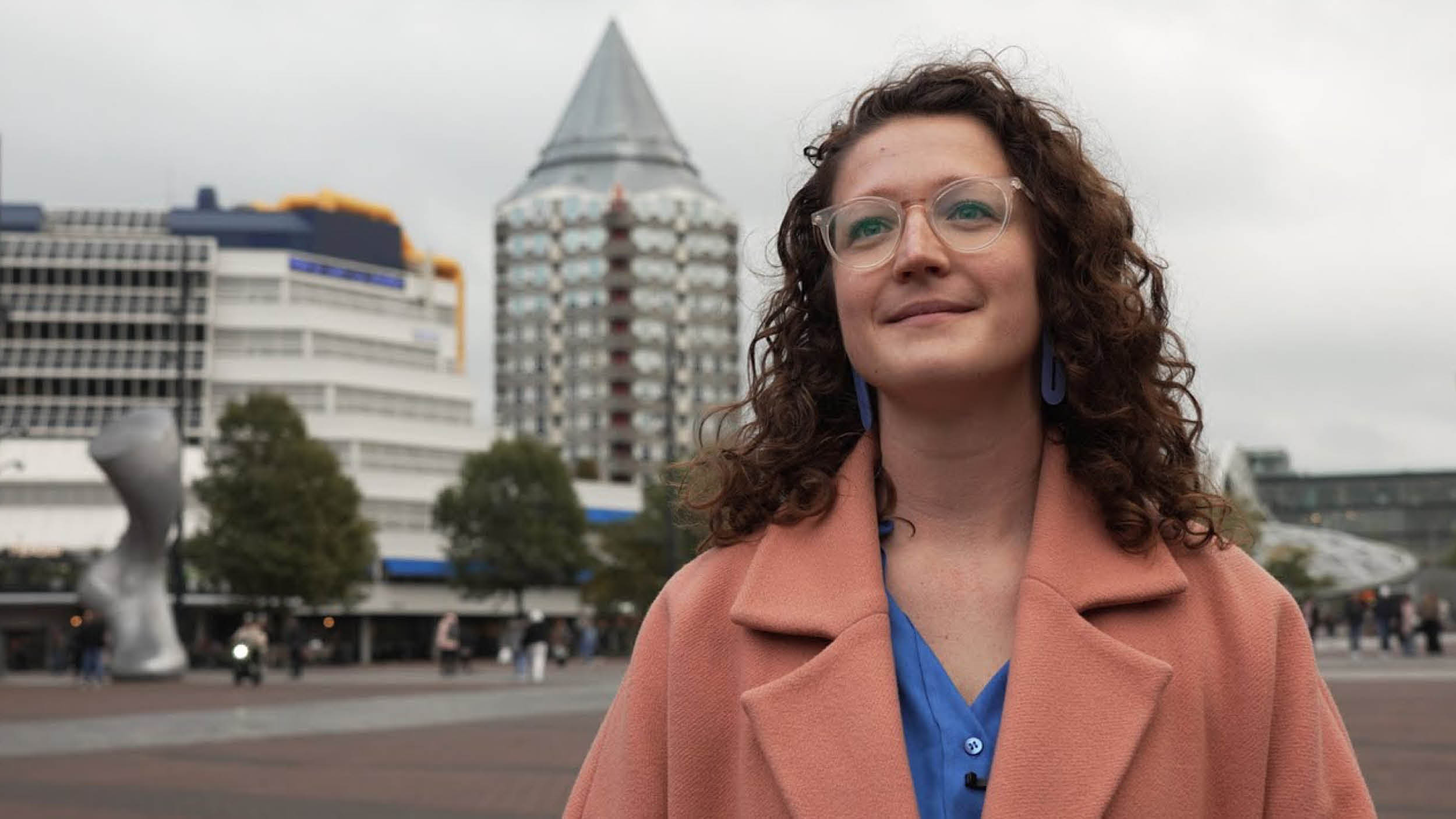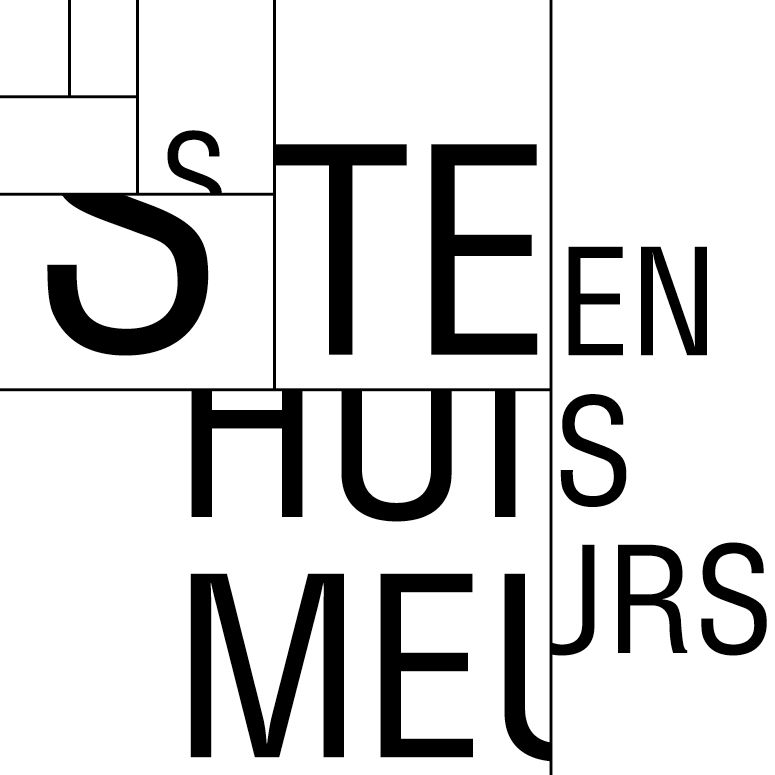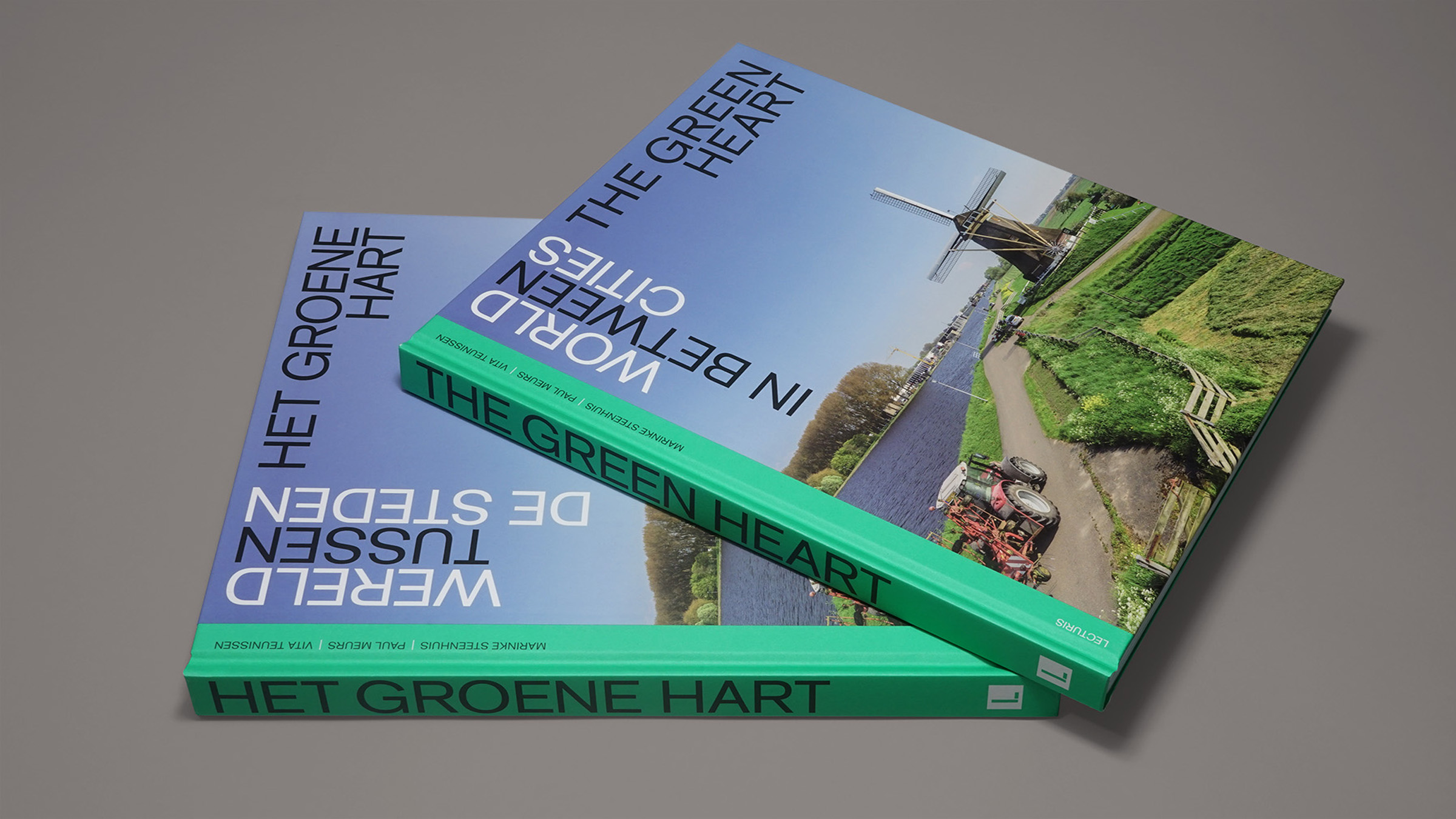
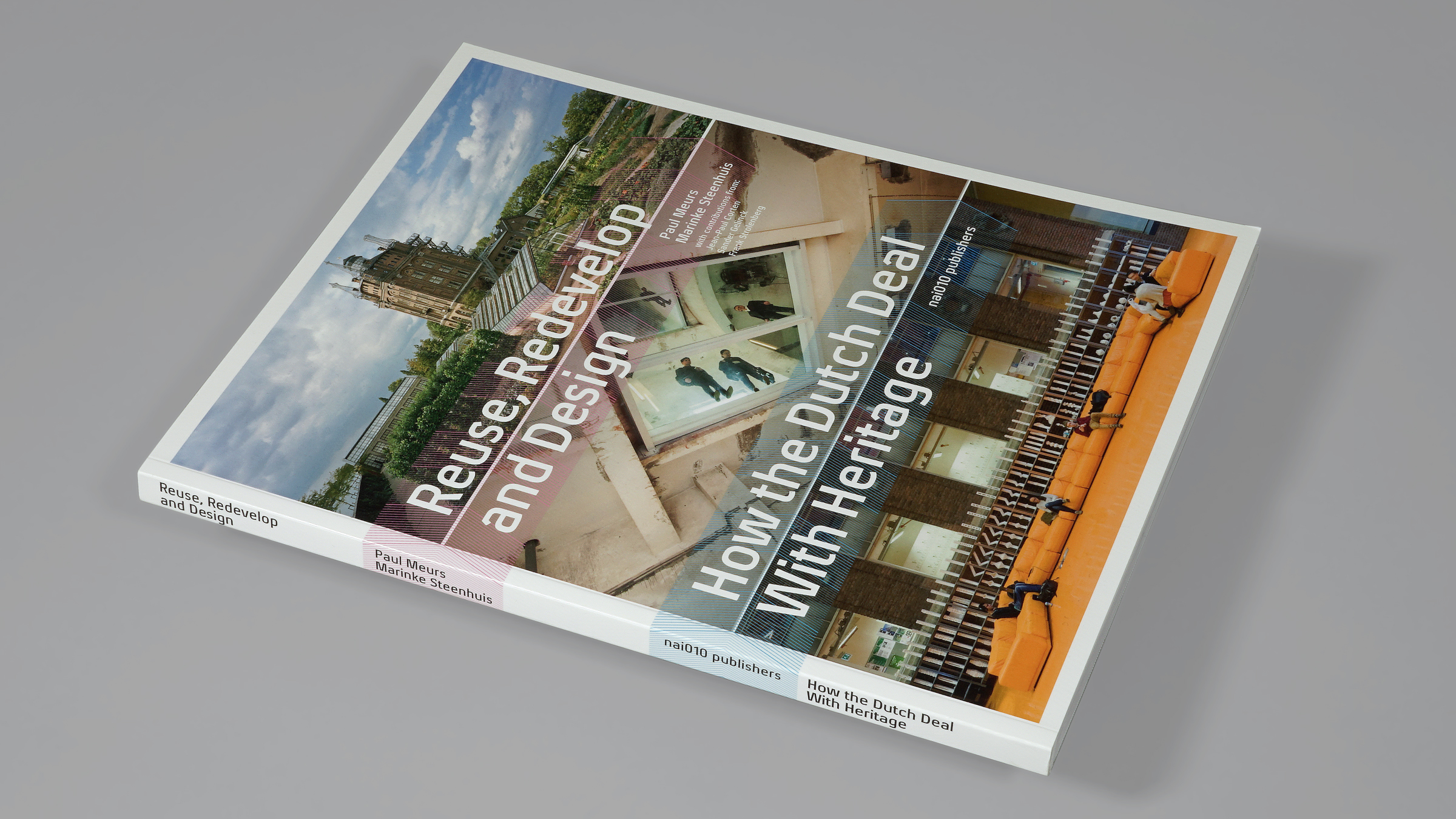
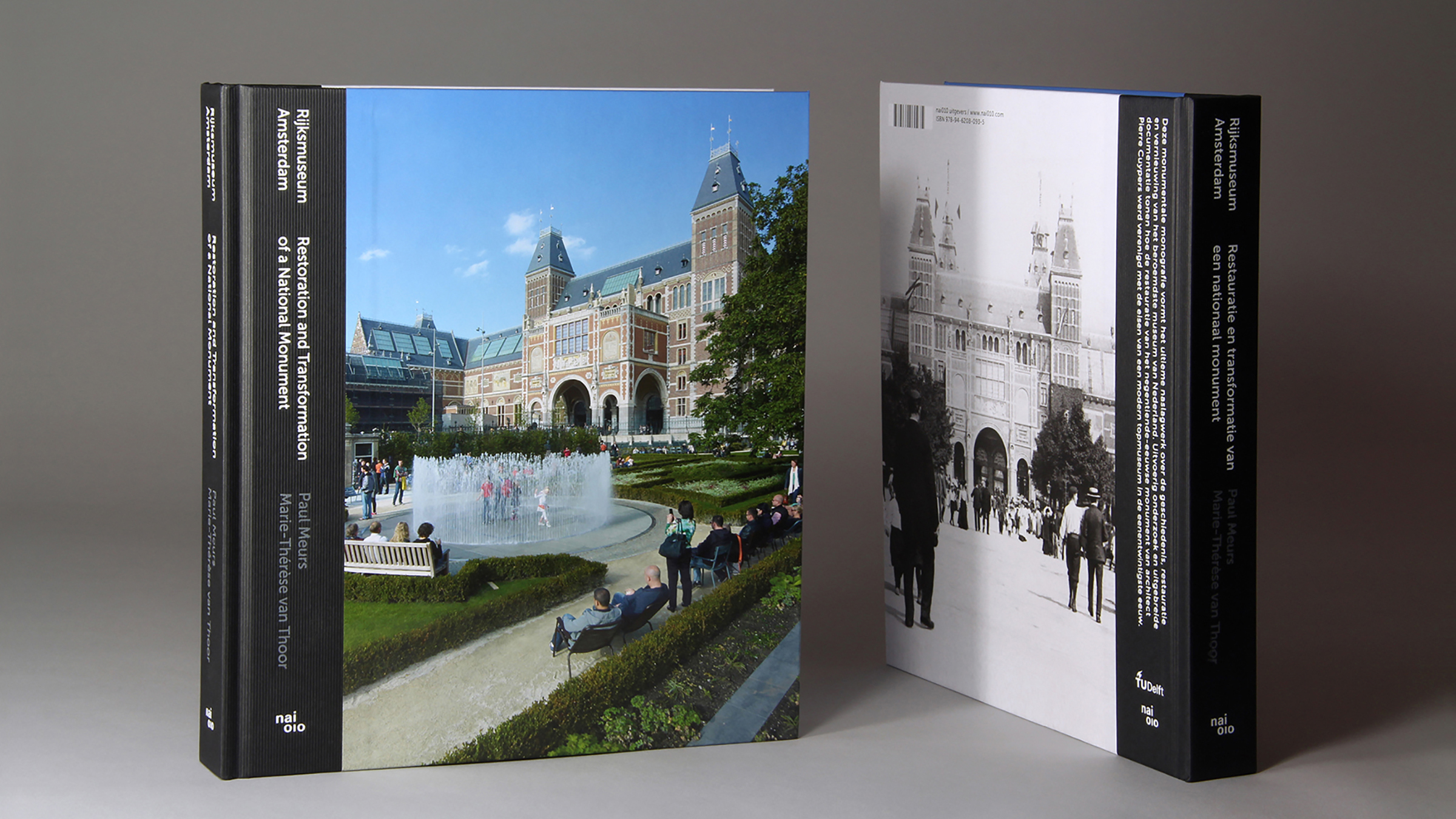
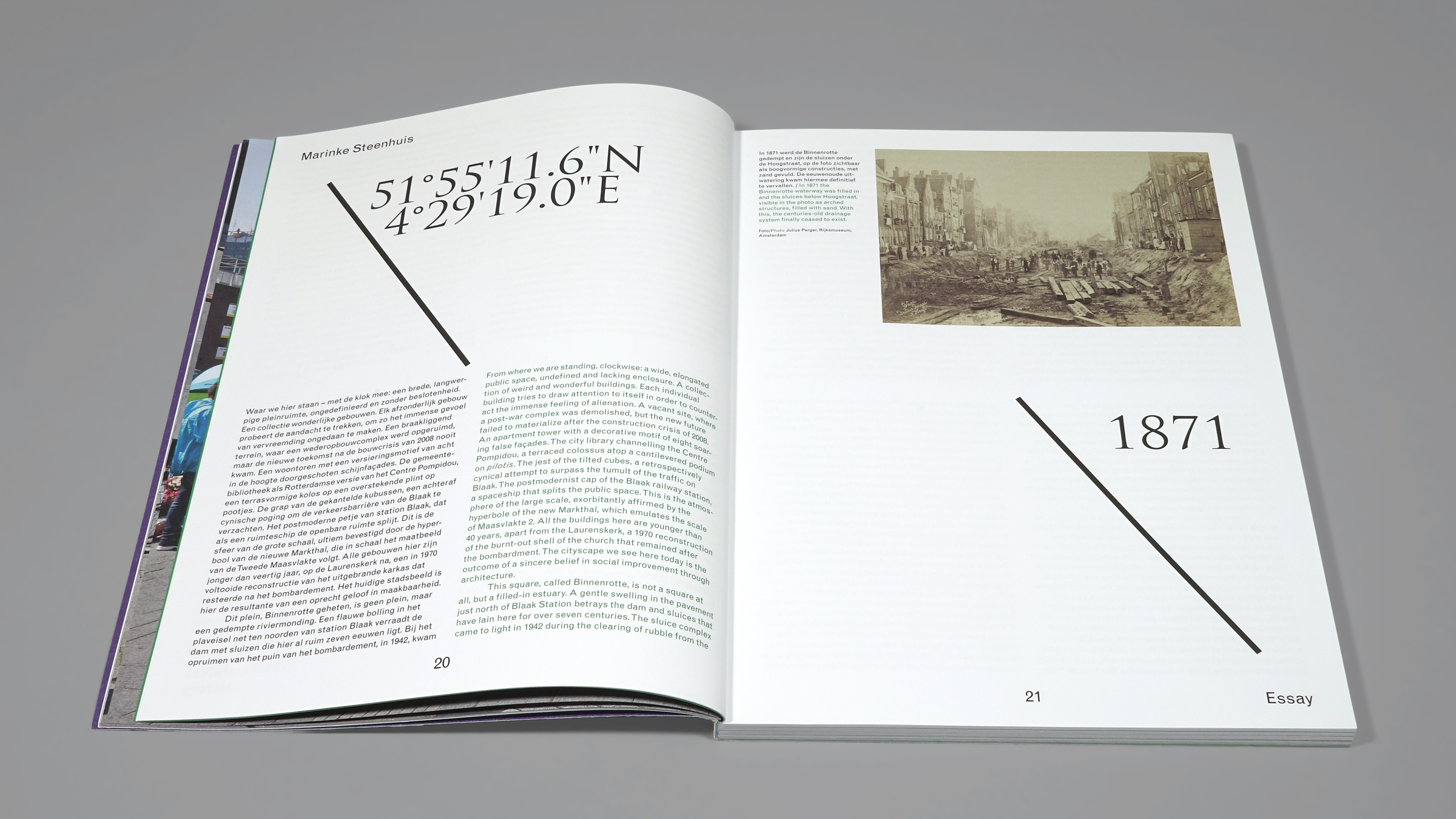
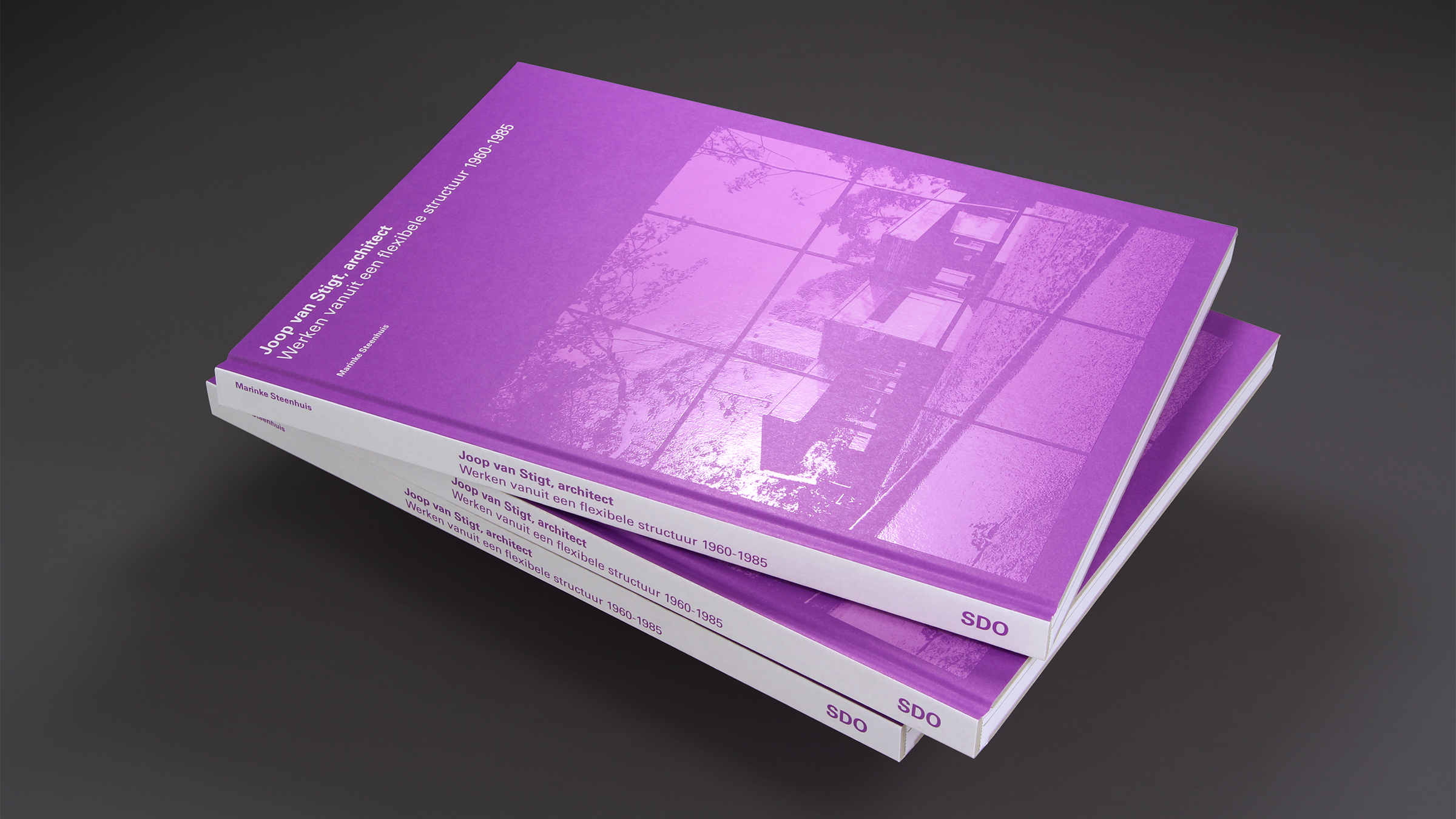
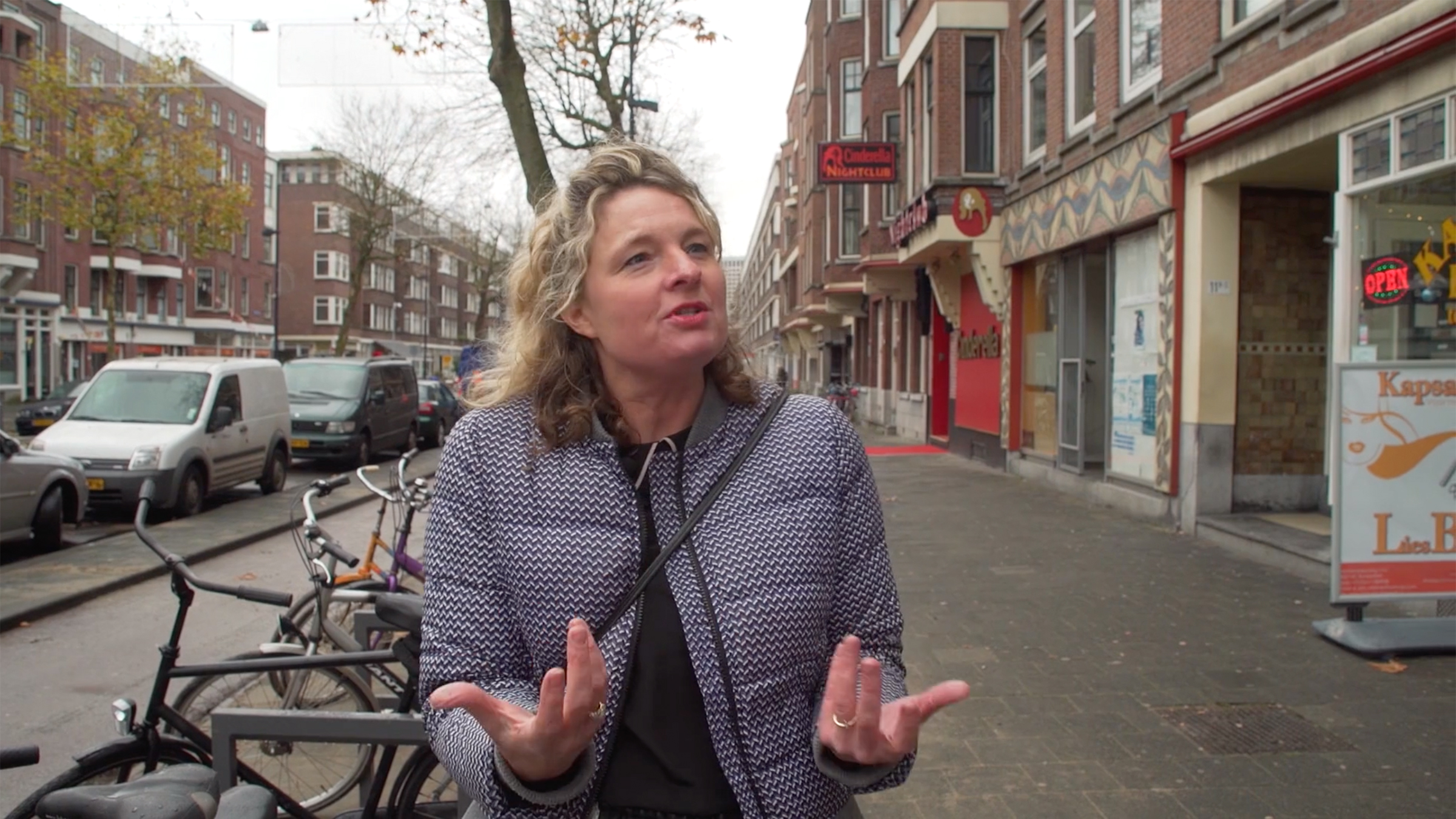
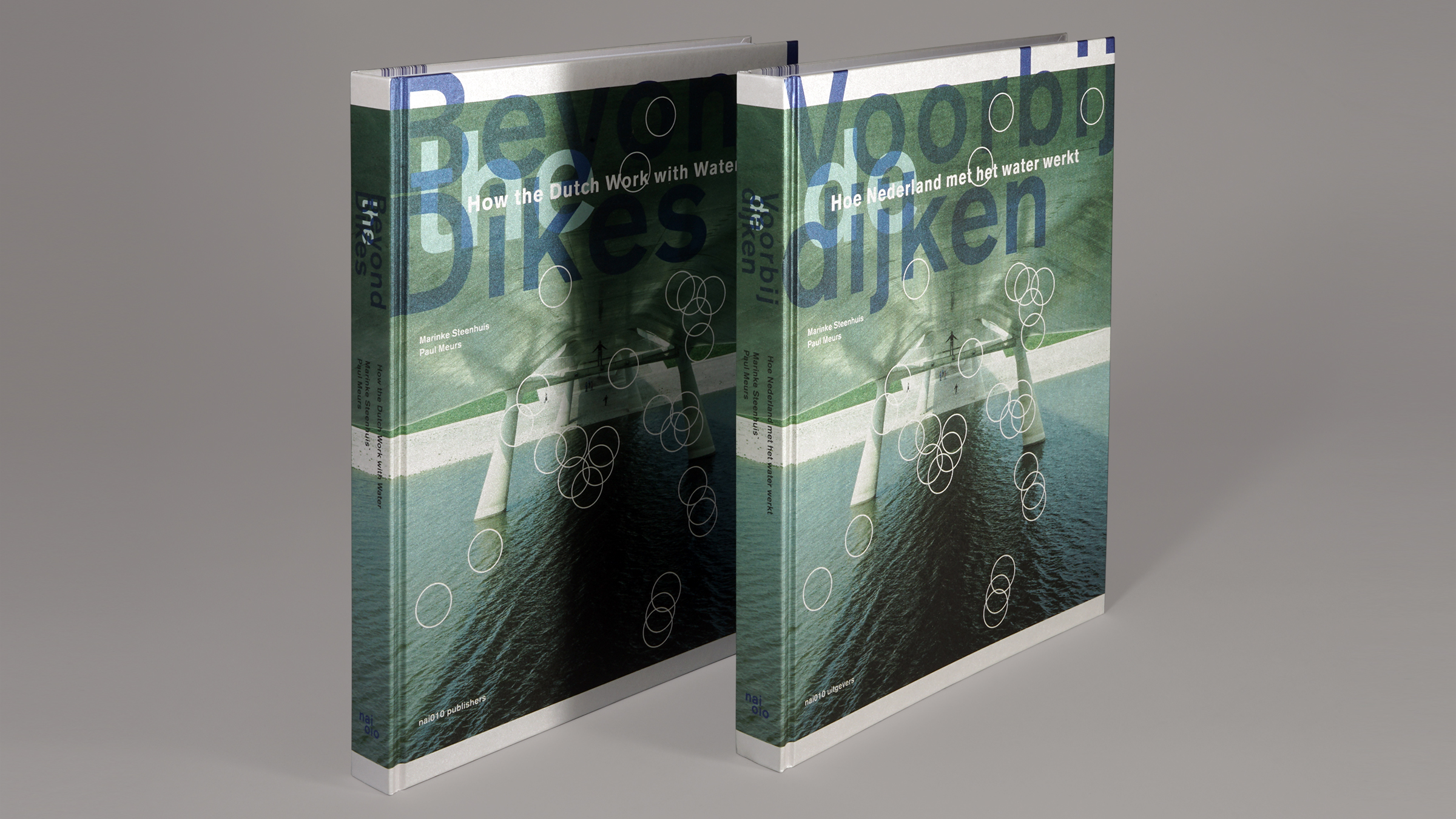
NEWS
WHAT DOES STEENHUISMEURS DO?
We are happy to share our acquired knowledge with others. We convey our passion for cultural heritage, our projects and fields of research to a wide range of organisations: from professionals to historical associations and resident groups. We give presentations and lectures, write articles, participate in inspiration events, symposia and film productions, and let our voice be heard via interviews and social media. Books written by us are published regularly, usually in collaboration with nai10 publishers. The studies we refer to in publications are either commissioned or self-initiated.







NEWS
WHAT DOES STEENHUISMEURS DO?
We are happy to share our acquired knowledge with others. We convey our passion for cultural heritage, our projects and fields of research to a wide range of organisations: from professionals to historical associations and resident groups. We give presentations and lectures, write articles, participate in inspiration events, symposia and film productions, and let our voice be heard via interviews and social media. Books written by us are published regularly, usually in collaboration with nai10 publishers. The studies we refer to in publications are either commissioned or self-initiated.
THE GREEN HEART. WORLD IN BETWEEN CITIES
THE GREEN HEART. WORLD IN BETWEEN CITIES
From Maartensdijk to Meerkerk and from Abcoude to Zoeterwoude: the Green Heart is a vast rural area surrounded by the largest Dutch cities. The Green Heart is home to seven hundred thousand people, surrounded by seven million more. The contrast in lifestyles is sometimes stark – city and countryside overlap, and it is this overlap that has brought prosperity to the Dutch Delta for four centuries. For city dwellers, the landscape of the Green Heart is a weekend destination; for residents, it is part of their identity. A thousand years ago, the Green Heart was a peatland wilderness. Step by step, pioneers reclaimed the marshes and brought the area under cultivation. In the twelfth century, the first waterworks were built because of the subsidence of the land. This book tells the story of the Green Heart and introduces the people who have shaped and coloured the landscape. The book also gives meaning and direction to today’s urgent challenges: subsidence, salinisation, water intake and discharge, drought problems, housing, nature and strengthening a healthy and attractive business climate. The question is not whether the landscape of the Green Heart will change, but how. This book tells the story of ten centuries of transformation. To buy the book go to: hetgroenehartboek.nl

LECTURE 'HEALING MODERNITY'
PRESENTATION ON THE NIEUWE GROENMARKT AND KROCHT, HAARLEM
PRESENTATION ON THE NIEUWE GROENMARKT AND KROCHT, HAARLEM
January 2024
In the magnificent Gravenzaal in the Haarlem City Hall, the co-creation program for the redevelopment of the Nieuwe Groenmarkt and Krocht was kicked off with a lecture by Vita on the history of this part of the city centre. For eight centuries, a high density of charitable institutions has been found here, providing compassion, inclusion and care to those in need. In the nineteenth century, the square was transformed into a street with a asphalt road and pavement, but it remains one of the largest open spaces in the densely built city centre.

LECTURE 'THE GENERATIONS OF GEUS: VALUED SOIL’
LECTURE 'THE GENERATIONS OF GEUS: VALUED SOIL’
November 2023
Marinke presented the research 'The Generations of GEUS: valued soil’ at the Kulturhus Elspeet. The study focused on the cultural-historical and agricultural development and the lessons that can be learned from this for the Garderen-Elspeet-Uddel-Speuld area. Commissioned by the GEUS Area Approach. Watch the film recording of this story (only in Dutch): gebiedsaanpakgeus.nl.

LECTURE AT LET'S GRO FESTIVAL ON STADSPARK GRONINGEN
LECTURE ON THE KEIZER KARELPLEIN, NIJMEGEN
LECTURE ON THE KEIZER KARELPLEIN, NIJMEGEN
October 2023
The Architectuurcentrum Nijmegen organized an event titled ‘Lucht voor de stadssingel’ focusing on the high levels of traffic on the most beautiful spots in the city. Paul elaborated on our research on the nineteenth-century urban expansion and the Keizer Karel Square. Examples from other cities demonstrated how it is possible to scale down traffic and prioritize the quality of public space in city centres.

LECTURE ON AREA-SPECIFIC PLANNING PROCESSES
LECTURE ON AREA-SPECIFIC PLANNING PROCESSES
September 2023
Marinke spoke at the farewell of Michiel Firet from Staatsbosbeheer about the importance of area-specific planning processes in rural areas. This approach requires a deep analysis of cultural history, mentality, and the relationship between government and citizens over the centuries. Commissioned by Staatsbosbeheer.

LECTURE FOR THE OUD-DEVENTER FOUNDATION
LECTURE FOR THE OUD-DEVENTER FOUNDATION
September 2023
The 110th anniversary of the Oud-Deventer Foundation prompted a symposium on young heritage, focusing on the flat neighbourhoods from the sixties and seventies. Interestingly, while the city of Deventer is a model for the preservation and management of its wonderful city centre, post-war heritage is still somewhat overlooked.

REFLECTION ON THE VREEWIJK VERBETERINGSPROGRAMMA
REFLECTION ON THE VREEWIJK VERBETERINGSPROGRAMMA
August 2023
At the Vreewijk Verbeteringsprogramma (Improvement Program) partner event, Marinke reflected on the advice given by SteenhuisMeurs and Lenka Hora Adema to the tenants' association, housing corporation Havensteder, and the municipality of Rotterdam – one of the recommendations being to celebrate your successes.

KEYNOTE LECTURE 'HERITAGE, A BROAD CONCEPT
KEYNOTE LECTURE 'HERITAGE, A BROAD CONCEPT
December 2022
Marinke presented the research 'The Cultural History of Hezingen, Mander, Manderveen: the soil, the people, the landscape through the centuries' in Vasse (May) and in the Statenzaal of Overijssel (July). Commissioned by the Province of Overijssel. Watch the film recording of this story (Dutch only): youtube.com/watch?v=bGmEDubyQJs

KEYNOTE LECTURE 'HOW THE DUTCH DEAL WITH THEIR HISTORIC (URBAN) LANDSCAPES' FOR THE INSTITUTE OF HOUSING STUDIES ROTTERDAM
KEYNOTE LECTURE 'HOW THE DUTCH DEAL WITH THEIR HISTORIC (URBAN) LANDSCAPES' FOR THE INSTITUTE OF HOUSING STUDIES ROTTERDAM
June 2023
The Institute of Housing Studies in Rotterdam has been organizing a course on Urban Heritage Strategies, with many professionals participating from distant countries with a historical link to the Netherlands, in the form of 'mutual heritage'. For this course, Paul gave the introductory keynote lecture 'how the Dutch deal with their historic (urban) landscapes'.

KEYNOTE LECTURE 'HERITAGE, A BROAD CONCEPT
KEYNOTE LECTURE 'HERITAGE, A BROAD CONCEPT
December 2022
At the Alkmaar City Hall, Vita presented the biography of the Noordhollands Kanaal. The area biography can be found here (Dutch only): alkmaar.nl

LECTURE IN VEENHUIZEN
LECTURE FOR THE NRP ACADEMY
LECTURE FOR THE NRP ACADEMY
May 2023
For the students of the Renovation and Transformation program of the National Renovation Platform (NRP), Vita gave a lecture on various projects of SteenhuisMeurs, and the products developed by the office over the past twenty years to contribute to spatial quality from a cultural-historical perspective.

LECTURE FOR THE CENTRAL GOVERNMENT REAL ESTATE AGENCY
LECTURE FOR THE CENTRAL GOVERNMENT REAL ESTATE AGENCY
May 2023
During the Kennis Indoor session of the Central Government Real Estate Agency on the theme ‘All things of value are helpless’ (a title based on the well-known Lucebert quote), Paul elaborated on the Central Innovation District in The Hague. The session also focused on the applicability of transformation frameworks, for which SteenhuisMeurs and the RCE (Netherlands Cultural Heritage Agency) have developed guidelines.

LECTURE 'OPPORTUNITIES FOR TEMPEL AND SCHIE'
LECTURE 'OPPORTUNITIES FOR TEMPEL AND SCHIE'
April 2023
Marinke presented the research 'Opportunities for Tempel and Schie' regarding the Tempel estate along the Rotterdam Schie, as the introduction for a workshop with stakeholders on the future of this unique estate. Commissioned by Natuurmonumenten.

LECTURE ON THE MAASTUNNEL AND PARKHAVEN AT THE ACADEMIE VAN BOUWKUNST ROTTERDAM
LECTURE ON THE MAASTUNNEL AND PARKHAVEN AT THE ACADEMIE VAN BOUWKUNST ROTTERDAM
April 2023
Vita presented the history of the Parkhaven, an area spatially linked to four national monuments: the Park, the Maastunnel, the Parksluizen, and the Euromast. She presented the spatial principles for development based on their heritage values to students of the Rotterdam Academy.

LECTURE 'THE LIVED CITY' IN ALMERE
WORKSHOP ON TRANSFORMATION FRAMEWORKS IN HAARLEM
LECTURE ON HERITAGE IN OVERIJSSEL
ONLINE COLLEGE TOUR ON THE PARLIAMENT BUILDING IN THE HAGUE
ONLINE COLLEGE TOUR ON THE PARLIAMENT BUILDING IN THE HAGUE
January 2023
Paul conducted an online 'College Tour' for the Royal Netherlands Institute of Engineers (KNOB) on the building of parliament in The Hague. Participants could ask questions about our research on this building and how its heritage values could be integrated into the transformation of the Binnenhof complex.

KEYNOTE LECTURE 'HERITAGE, A BROAD CONCEPT'
LECTURE FOR LYSIAS
OUR ETERNAL FIGHT AGAINST THE WATER: MARINKE IN DOCUMENTARY ABOUT THE DELTA WORKS
OUR ETERNAL FIGHT AGAINST THE WATER: MARINKE IN DOCUMENTARY ABOUT THE DELTA WORKS
presentation: Pieter-Jan Haegens
direction, research and production: Ronald Sistermans
camera: Thijs Aardema
sound: Youp de Bruijn
montage: Igor de Keijzer
Op 10 mei 2022 zond de NPO de documentaire ‘Onze eeuwige strijd tegen het water’ uit. Marinke wandelt hierin met interviewer Pieter-Jan Haegens over het Vuurtorenpad in de duinen van Schouwen, terwijl ze vertelt over de werkcultuur van de Deltadienst, de Deltawerken en de opgaven van vandaag en morgen.
Watch the documentary
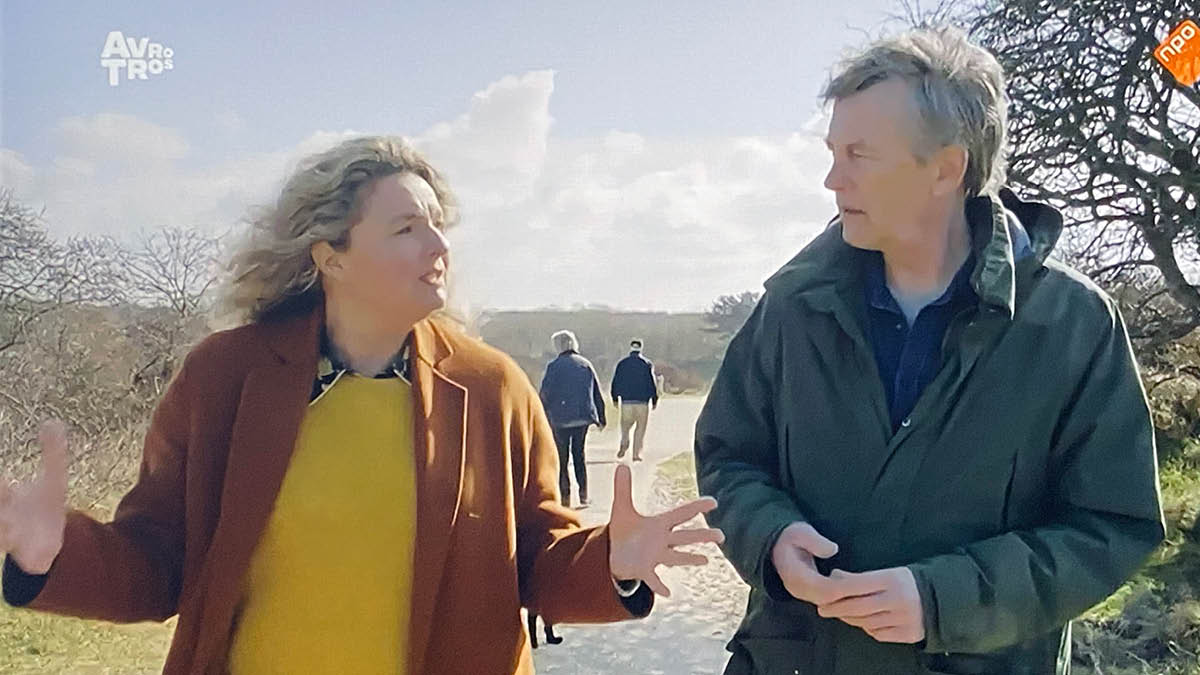
HISTORY AND BACKGROUND OF LAND CONSOLIDATION (‘RUILVERKAVELING’) IN ALBLASSERWAARD, THE LARGEST LAND CONSOLIDATION AREA OF EUROPE
HISTORY AND BACKGROUND OF LAND CONSOLIDATION (‘RUILVERKAVELING’) IN ALBLASSERWAARD, THE LARGEST LAND CONSOLIDATION AREA OF EUROPE
Our countryside is facing large challenges. In this, cultural history can give insight and play a reconciliating role. In June 2022 at the village of Noordeloos, Marinke presented our research into the history of land consolidation in Alblasserdam. In the sixties, this was the largest land consolidation project in Europe. Through the reorganisation of the land, many acres of valuable fen-meadows disappeared. Both the new parcellation and the way in which the farmers (mandatorily) consented gave the group of farmers, (provincial) advisors and administrators insight into the radical changes of the landscape and use of soil. In the sixties, there were protesting farmers on tractors as well, but at the time, they were protesting against the scaling up of the agricultural sector. This research project was commissioned by landscape architect Peter de Ruijter en the municipality of Molenlanden.
LECTURE ‘LANDSCAPE IN LETTERS’ BY MARINKE STEENHUIS: TIME TRAVELING THROUGH 100 YEARS OF LANDSCAPE ARCHITECTURE
LECTURE ‘LANDSCAPE IN LETTERS’ BY MARINKE STEENHUIS: TIME TRAVELING THROUGH 100 YEARS OF LANDSCAPE ARCHITECTURE
Ten books, ten decades of landscape architecture. On Friday 18 november 2022, Marinke gave an unusual view on 100 years of landscape architecture, by discussing ten books that defined this field of study. The lecture took place at the office of Feddes/Olthof landscape architects in Utrecht. The lecture was the starting point for a new publication about the meaningful (international) books and treatises for landschape architects. Marinke invited NVTL-members and other practioners to make their own lists and share them with her – to make available the wonder of one century of reading to everyone. (photo Harma Horlings)
Listen to the lecture
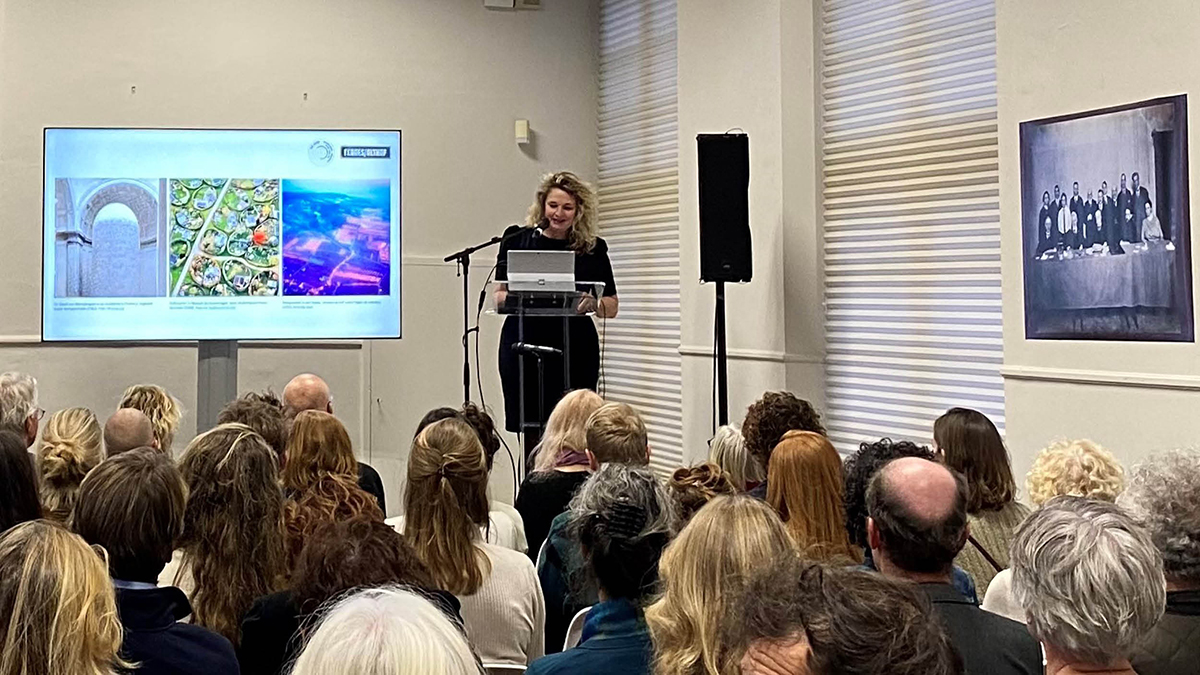
THE DUTCH BRASILIAS
THE DUTCH BRASILIAS
curator: SteenhuisMeurs
design: Beukers Scholma
made possible by: the Dutch ambassy in Brasil and Dutch Culture
In november 2022, the ambassador André Driessen opened the exhibition about The Dutch Brasílias at the National University of Brasília (UNB), dedicated to the Zuiderzeepolders. Over 60 years ago, Brasilia became the capital of Brazil. Brasília is unlike any other city in the world. The Brazilian capital bears a unique quality in its monumental modern architecture, urban layout, Brazilian landscape and the vocation of national capital. For its exceptional trajectory and appearance, Brasília’s Plano Piloto became listed as World Heritage as early as 1986. The ideas behind the urbanism and architecture of Brasília have a universal dimension. The same ideas were the basis for urban extensions and the construction of New Towns and cities around the world.
In the large land reclamations of the Zuiderzee, the Dutch could realize their utopias without compromise just like Brasilia. The so-called Zuiderzeewerken shaped a New World on the old continent. The Dutch reclaimed the land and subsequently had to build up a complete society on the bottom of the (former) sea. There are similarities between the Dutch polders and Brasília (Plano Piloto and Cidades Satelites), but there are also striking differences. The youngest city in the polders, Almere, started as a dormitory town for nearby Amsterdam and now is one of the largest cities in the country. The central location and short distances made the New World of the Zuiderzeepolders complementary to the Old World of the Netherlands, in particular to the region around Amsterdam. And Almere Oosterwold, where inhabitants have total freedom, and responsibility, will remind Brazilians of the favelas, where the municipality is also completely absent when it comes to urban planning.
At the opening of the exhibition, UNB organised a colloquium, discussing how to deal with the inheritance and heritage of the pioneers of the Netherlands and Brazil.

PODCAST ‘DE ARCHITECT: MEREL EN TRACY PRATEN DOOR’ ABOUT BUILDING(S) WITH HISTORY
PODCAST ‘DE ARCHITECT: MEREL EN TRACY PRATEN DOOR’
ABOUT BUILDING(S) WITH HISTORY
In this podcast episode, Vita Teunissen talks with Merel Pit and Tracy Metz. How to build upon what is already there? Cultural heritage values are not necessarily obstructions for designers. They can help in developing a meaningful future for our buildings and cities. The podcast episode zooms in on Post65 heritage, on retracing original design ideas, and on the relationship between people and heritage. Herman Hertzberger is also part of the podcast. Together, they spoke about collectivity and liveability in buildings.
Listen here
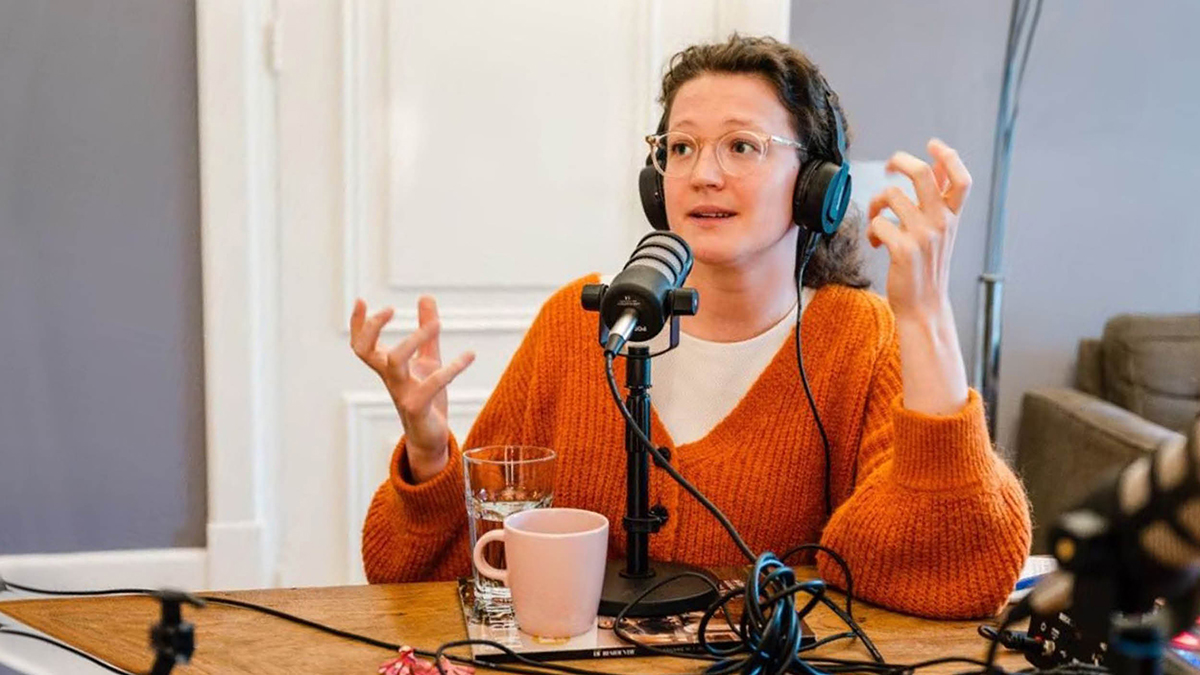
VITA NOMINATED MONUMENT TALENT AWARD 2022
VITA NOMINATED MONUMENT TALENT AWARD 2022
In 2022, Vita Teunissen was one of the three nominees of the Monument Talent Award. This award was initiated by the Minister of Education, Culture and Science, to ‘stimulate rejuvenation and renewal in the field of cultural heritage’. In this video, Vita introduces herself as one of the finalistst of the award.
Watch the video here
